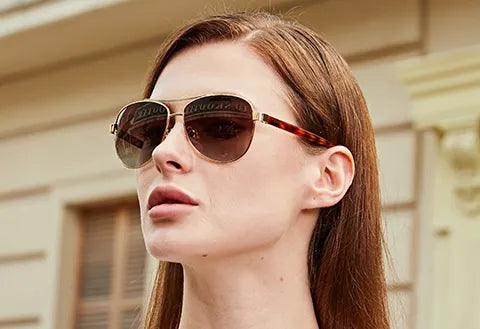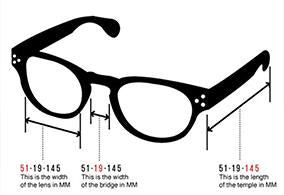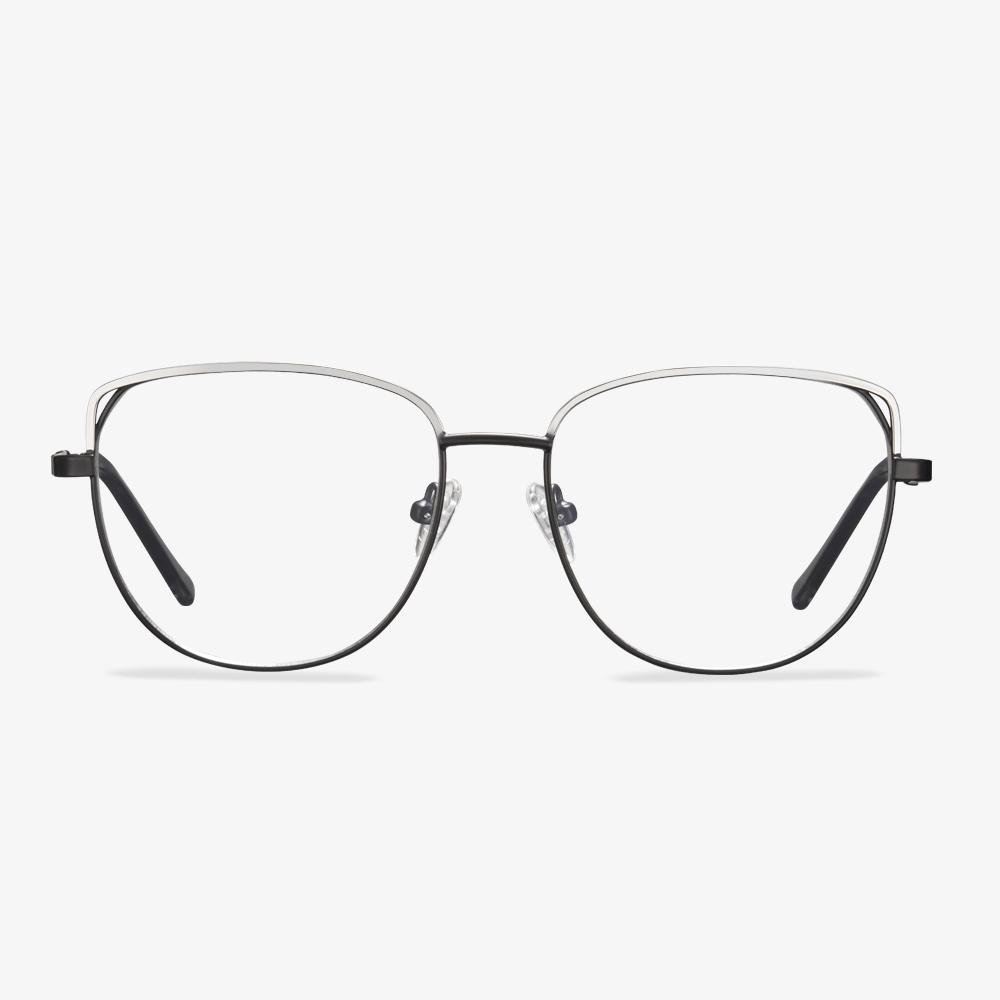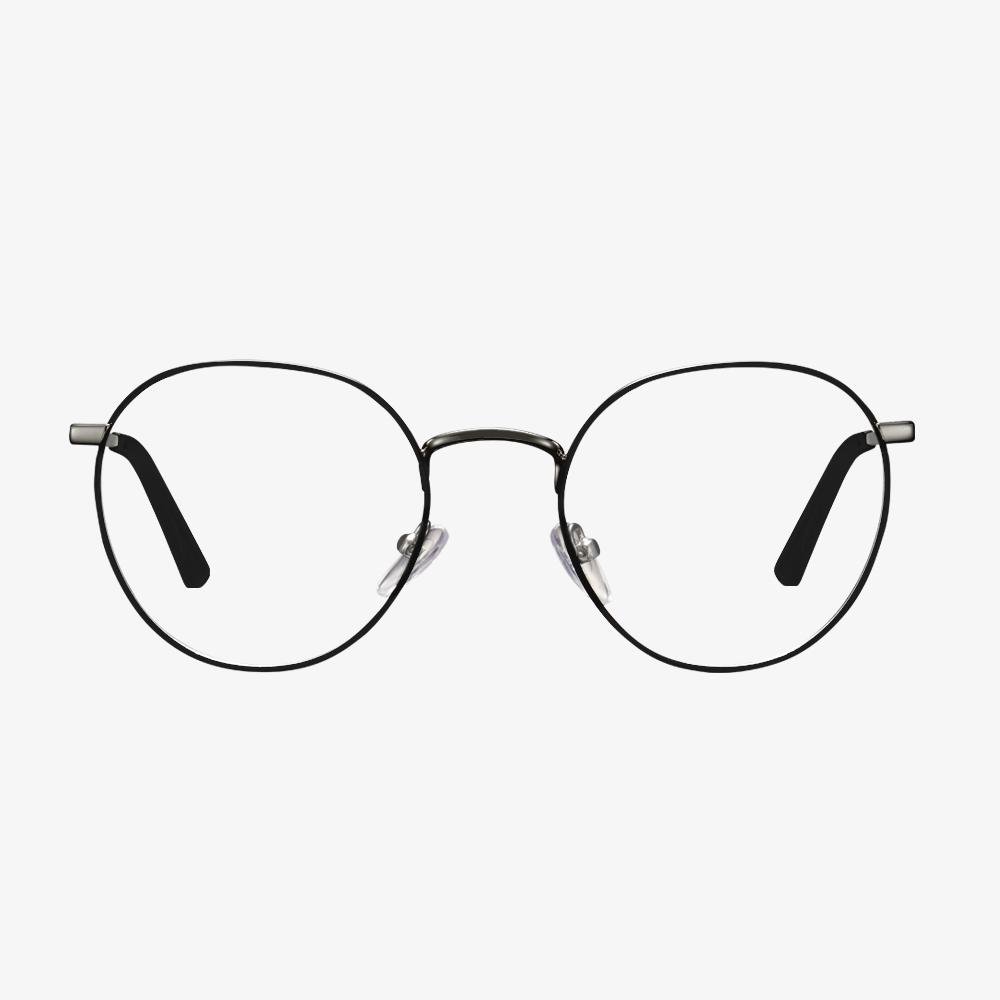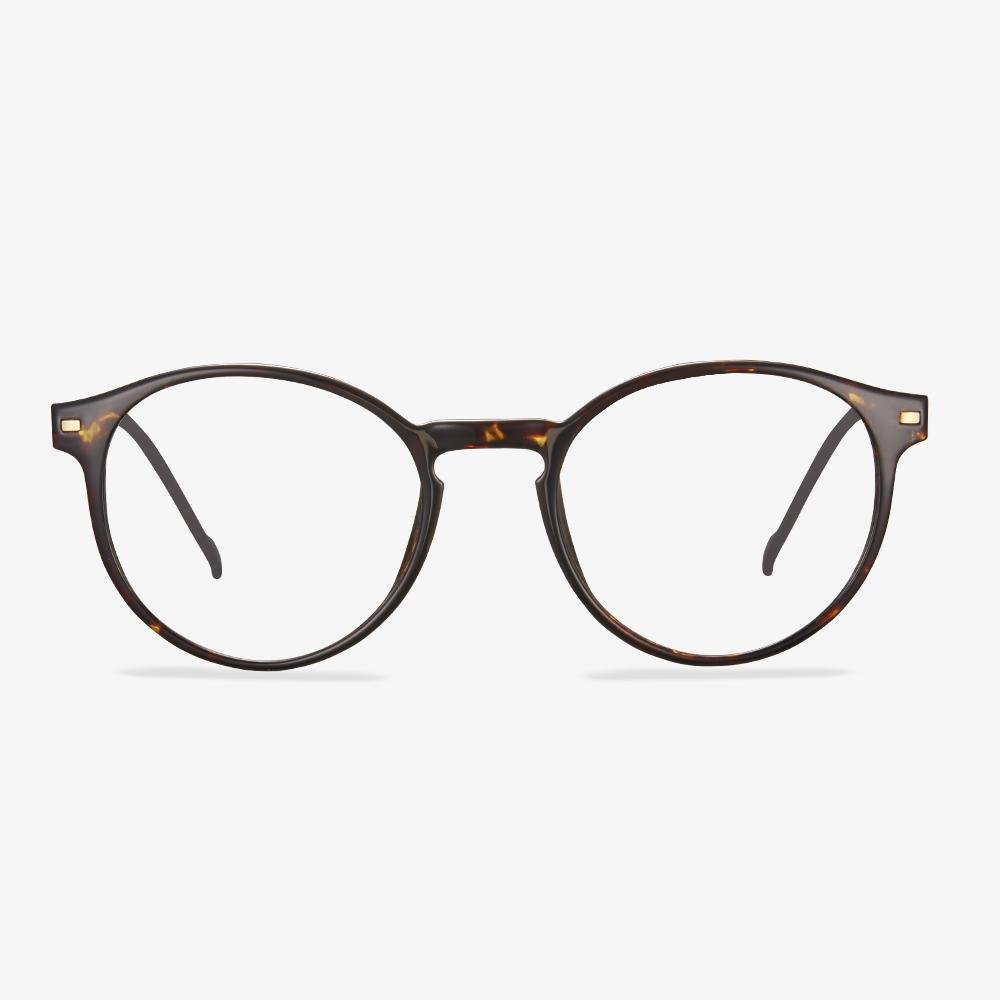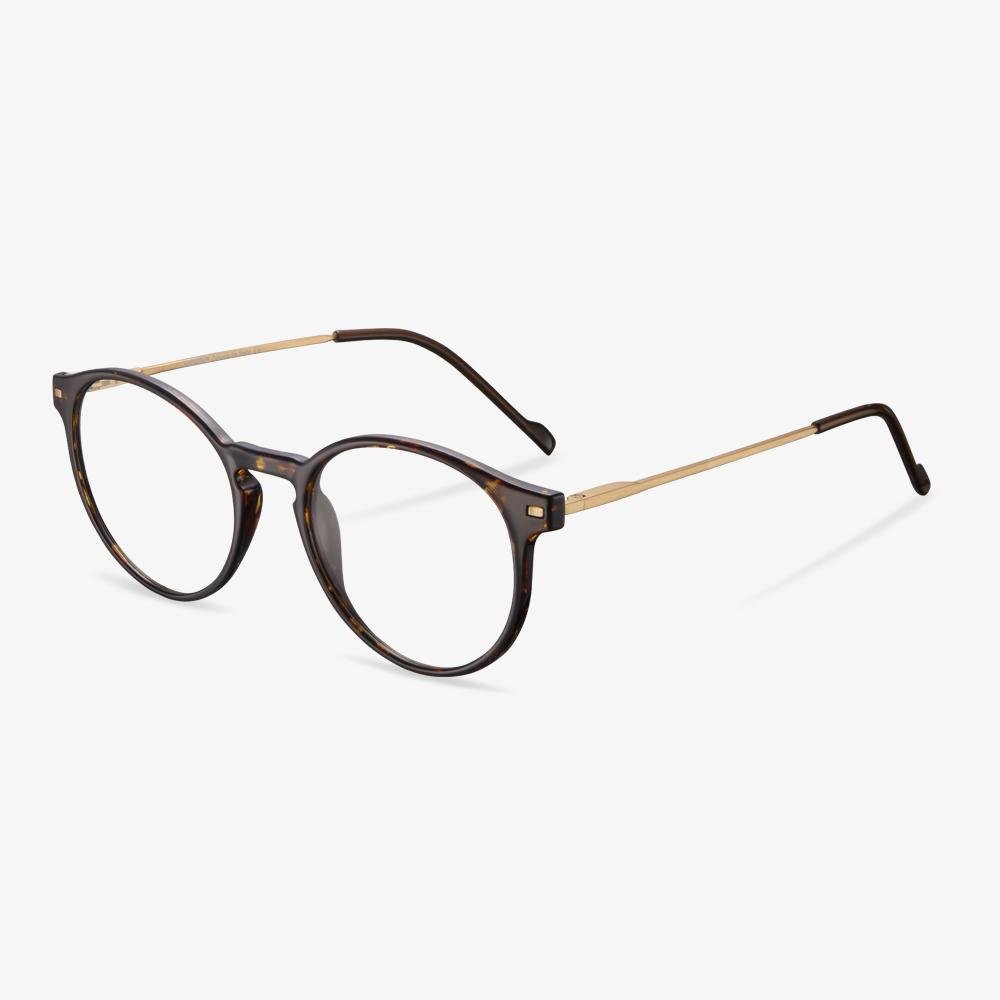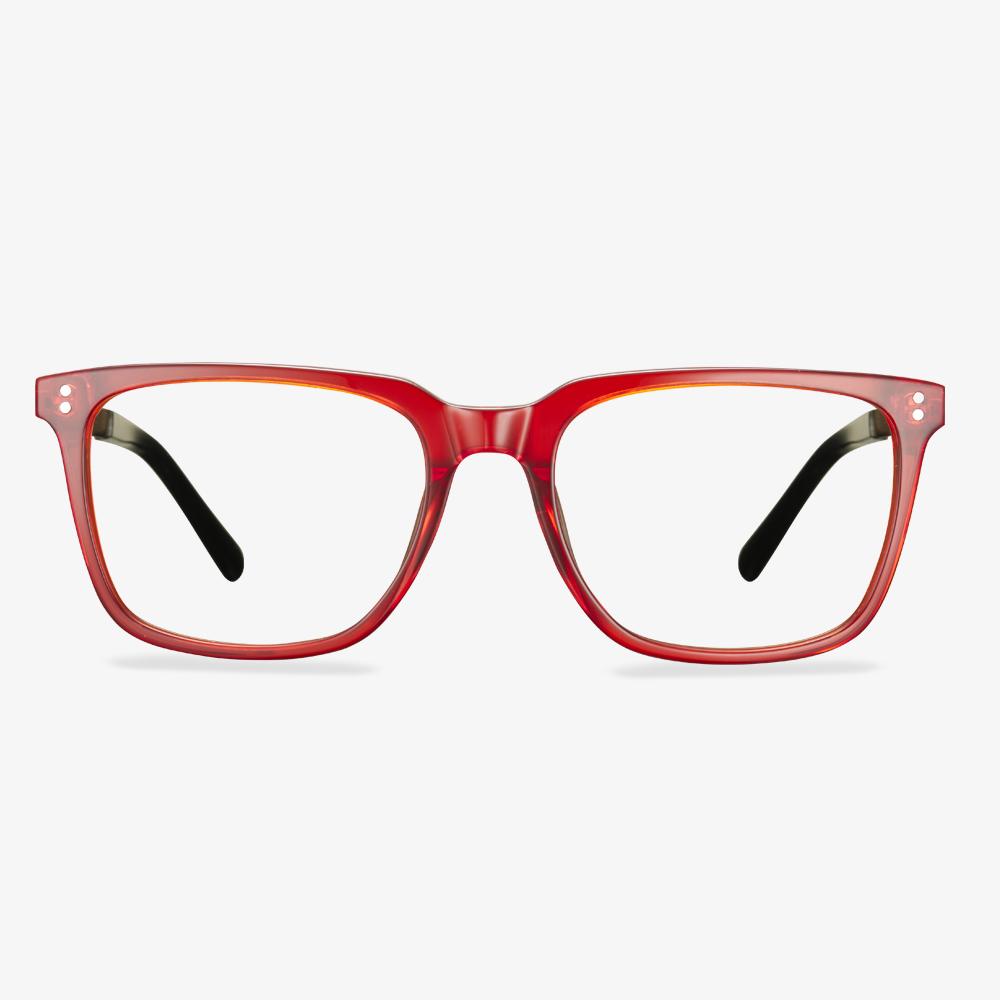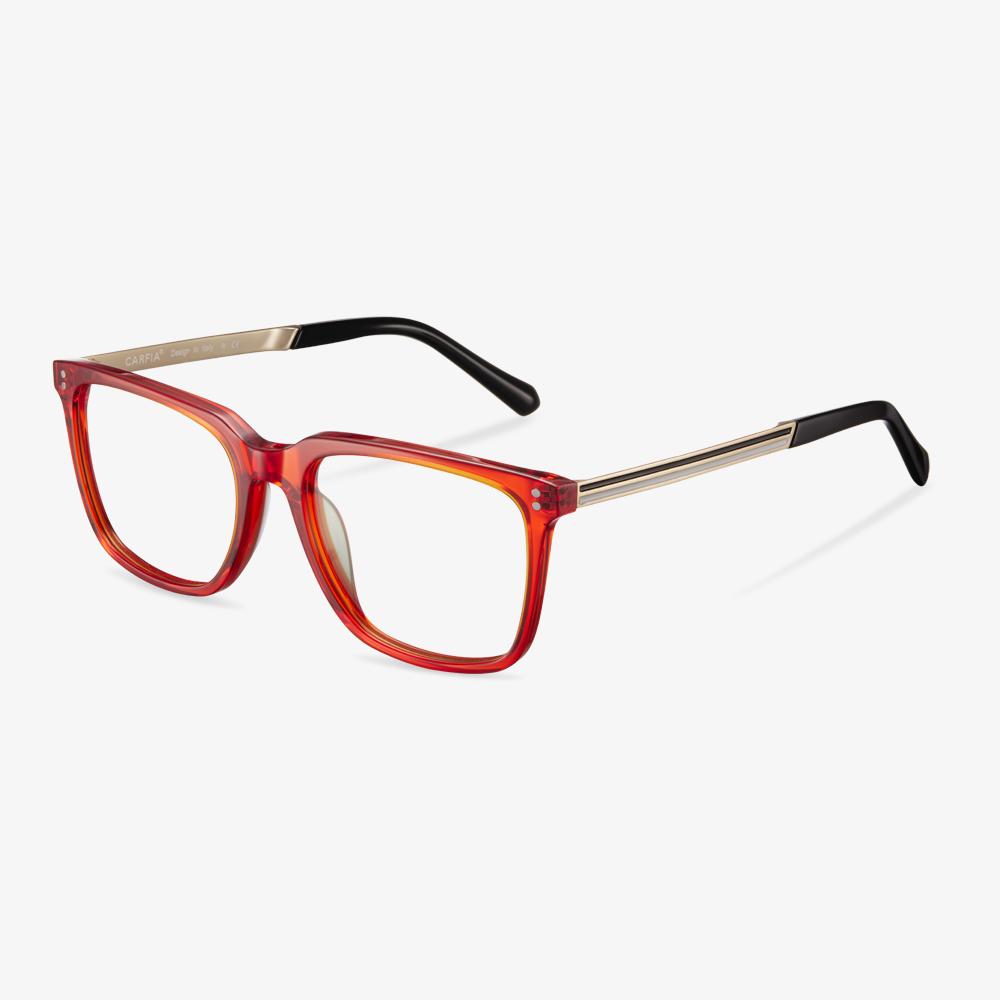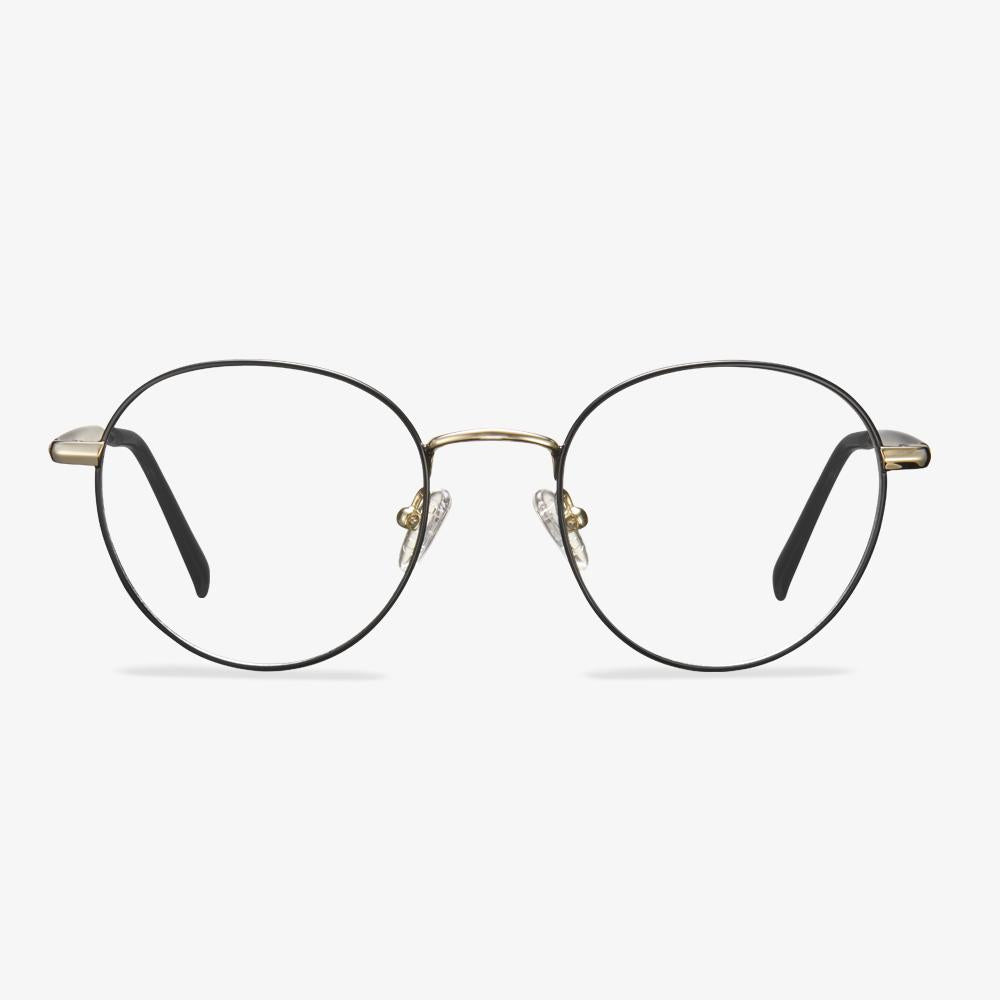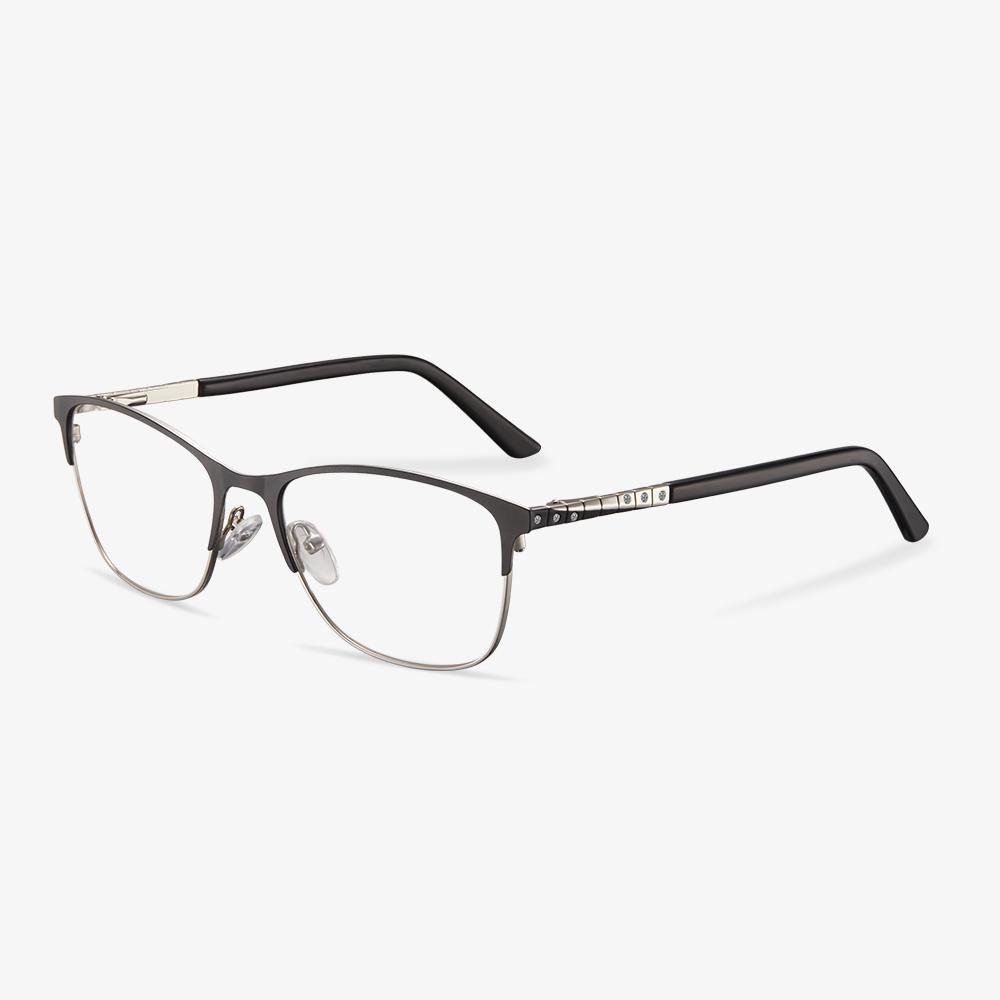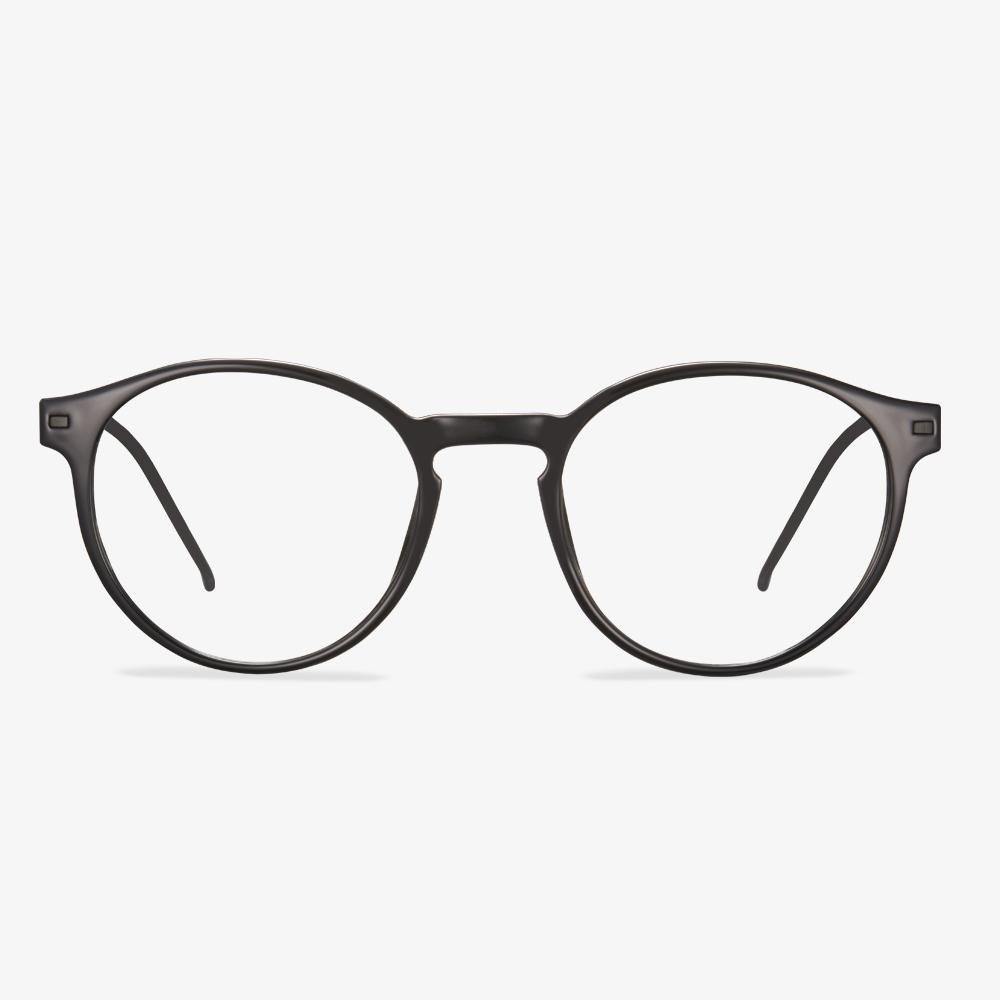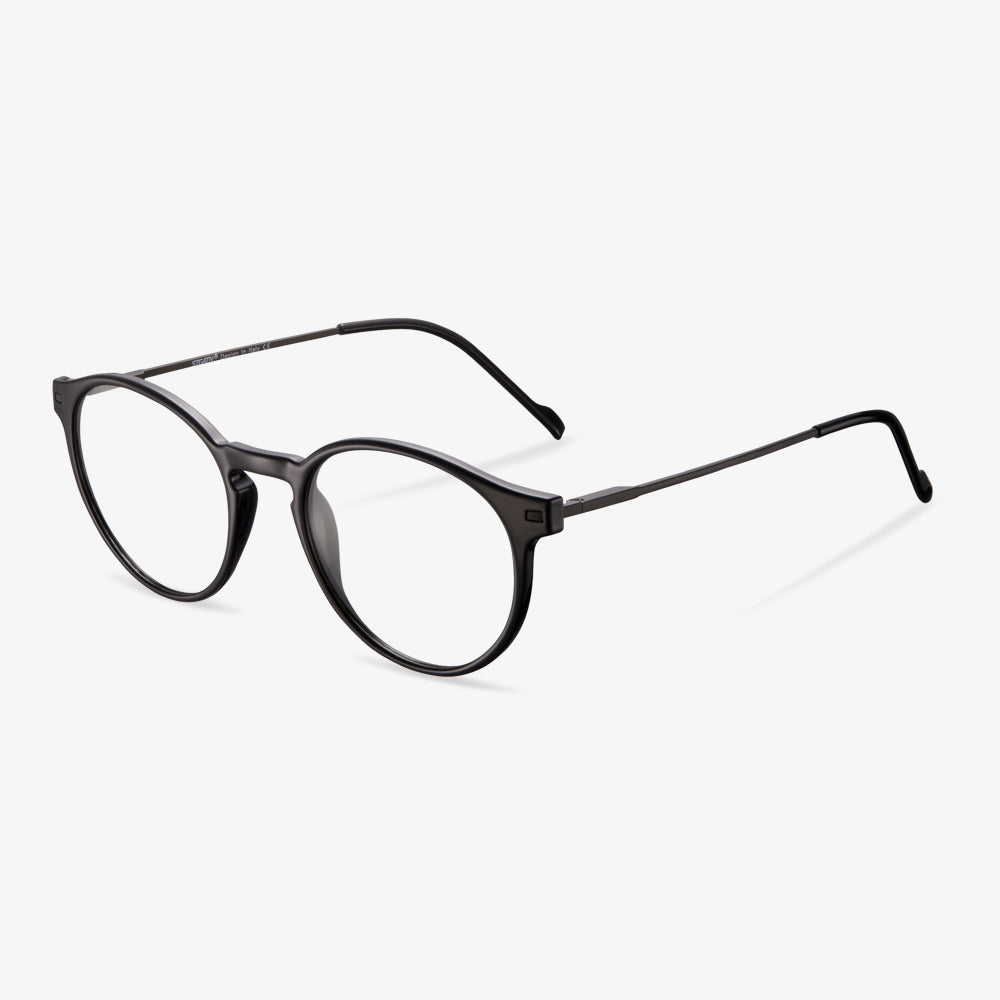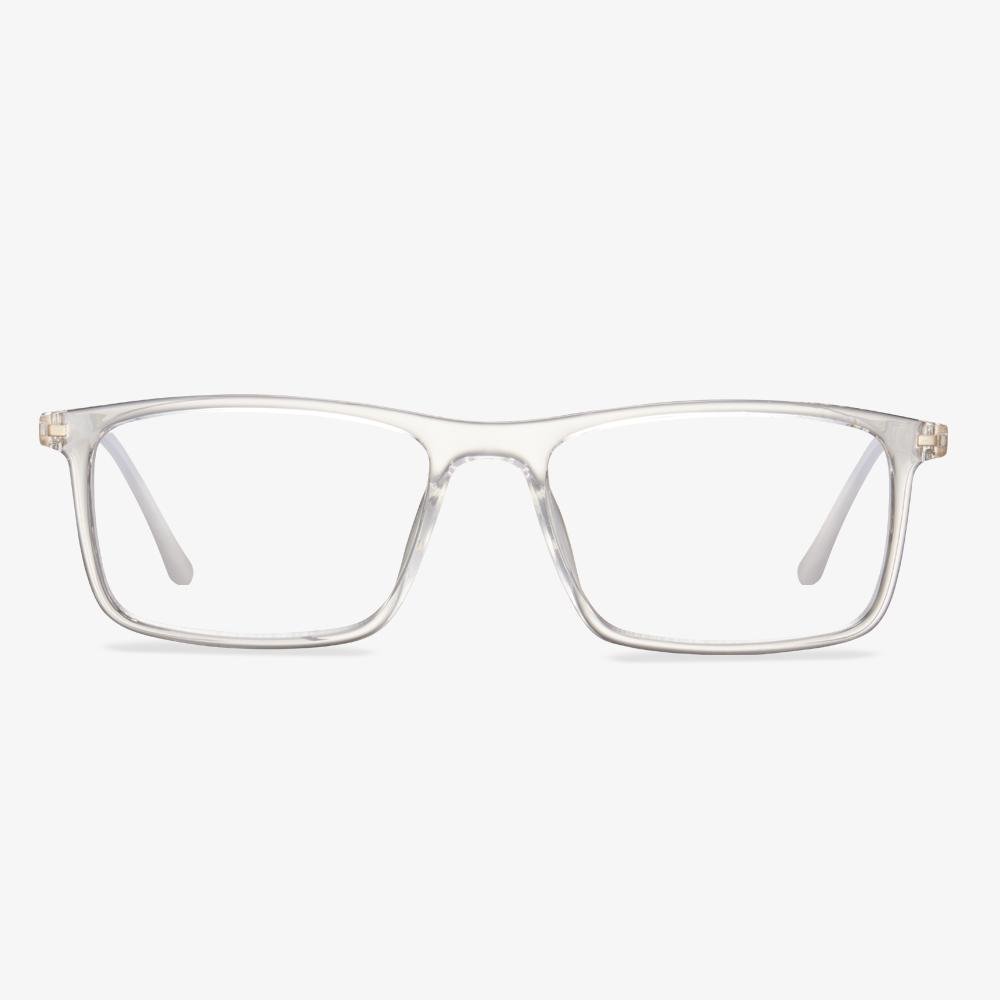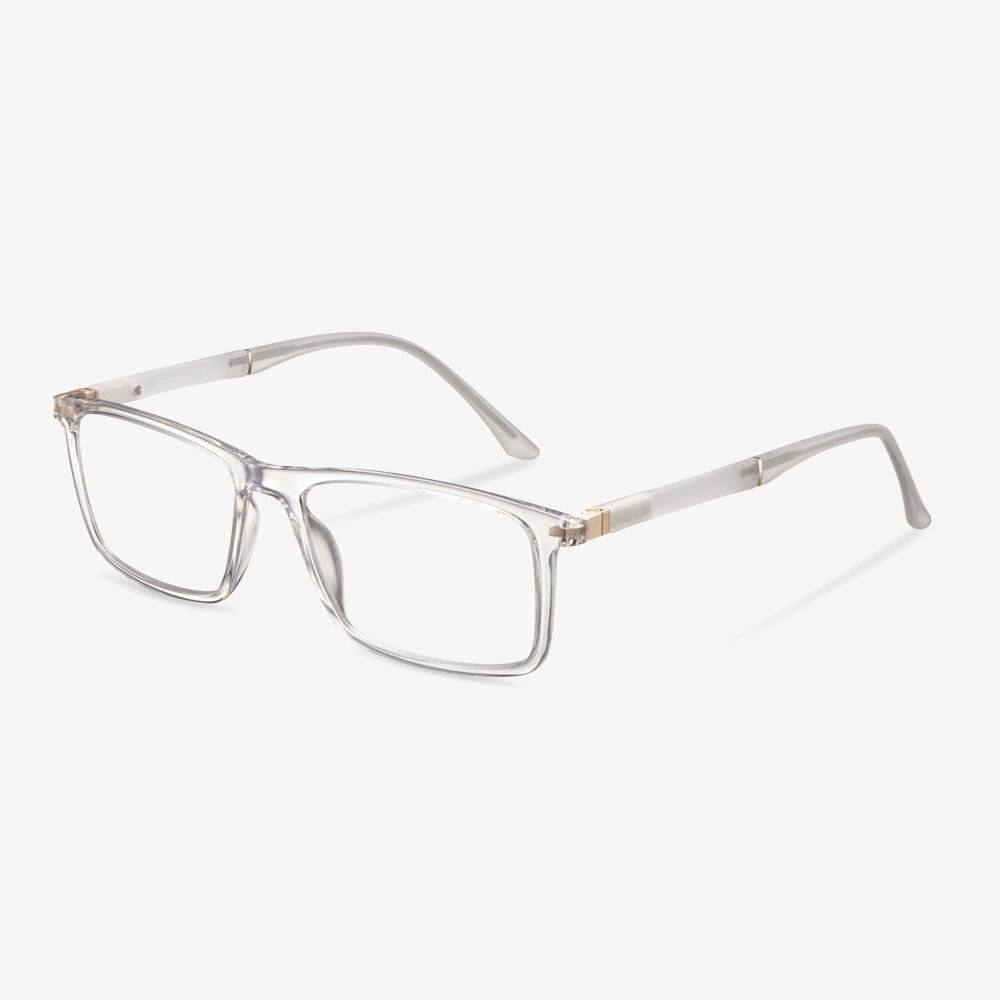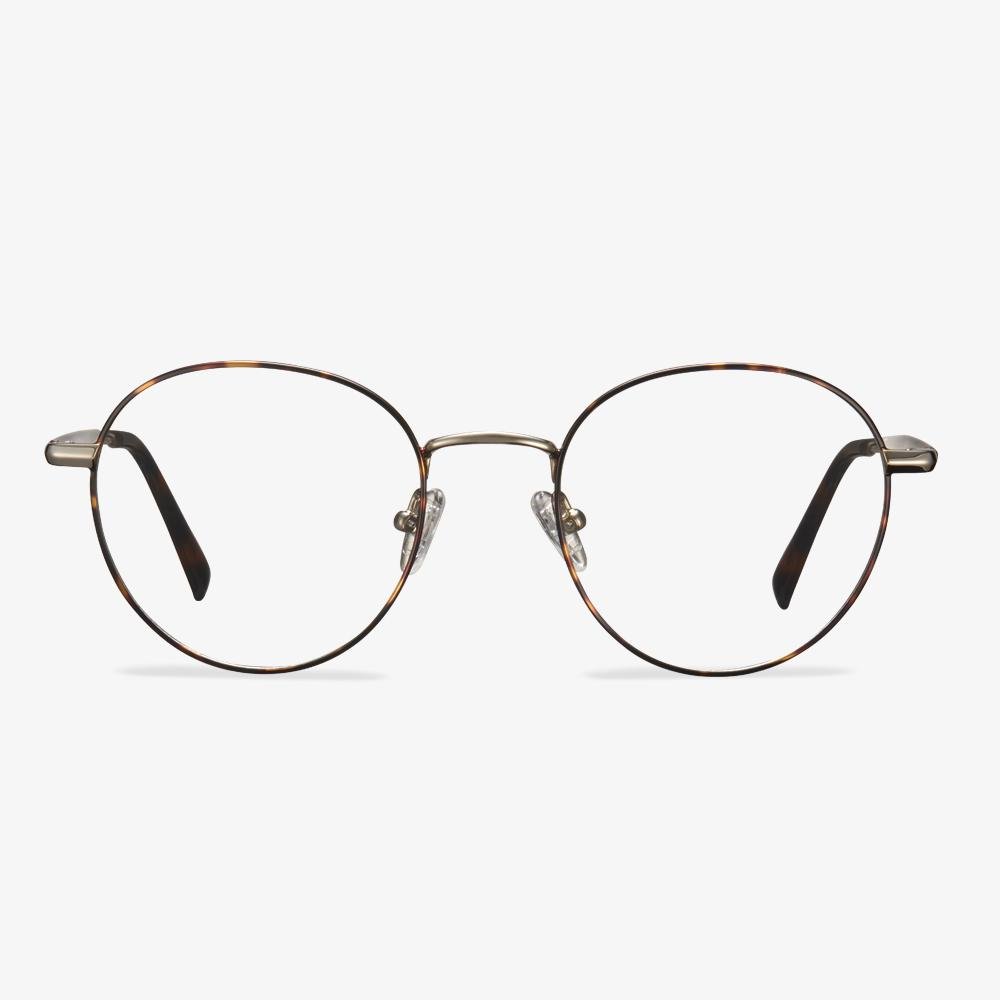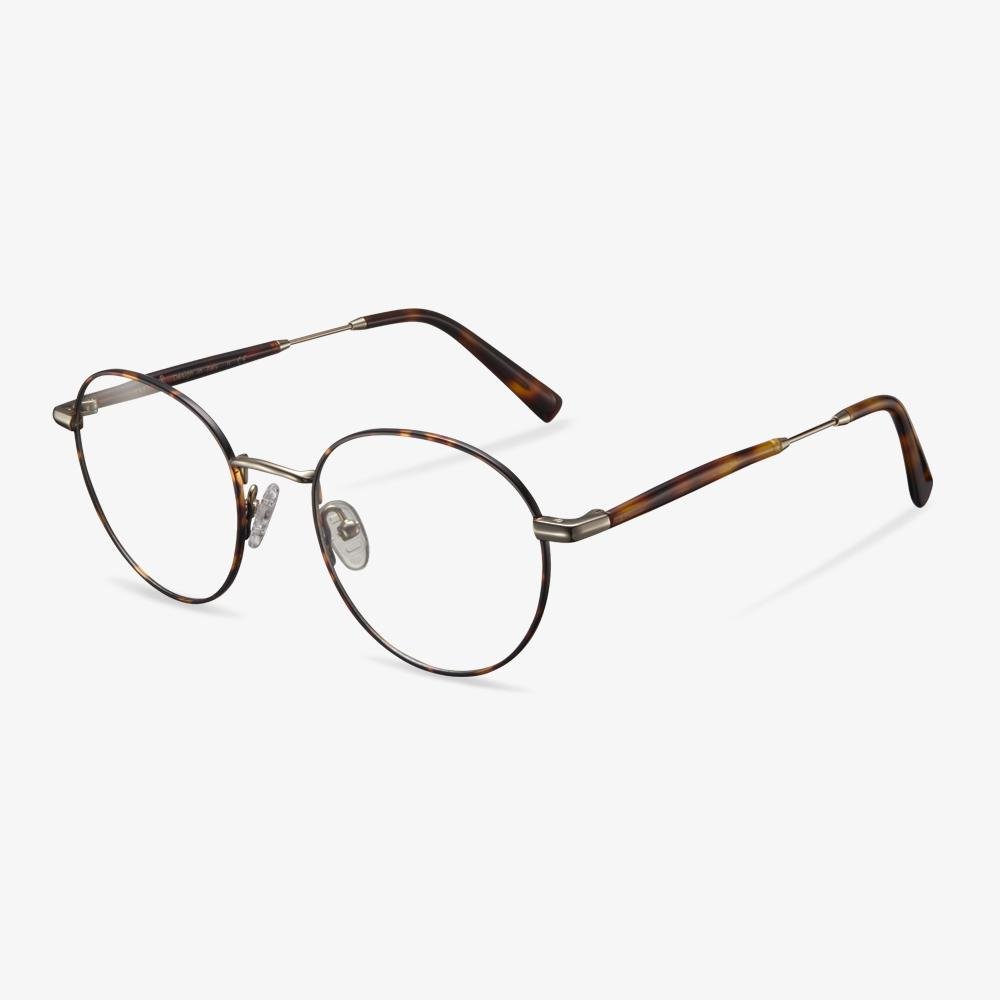How to Keep Glasses from Slipping
Stick-on Nose Pads
Nose pads would be a good choice to prevent glasses to slide down your nose. Hence, you can stick a pair of rubber pieces in the nose pads of your glasses or you can choose a pair of glasses with rubberized nose pads. If you want to try a pair of nose pads glasses, the Koalaeye Optical may be a good choice. The rubber nose pads will make you feel steadier and better and the additional resistance on the nose pad will surely provide more support. So, if your glasses often slip down from your nose, try this way.
Wax Coating
To keep glasses from slipping, you can try wax coating which is a smart move. Use the wax on your nose pad area along with the temple where the glasses come into contact with the skin. In general, it works fine and it is nearly invisible.
Temple Ear Hook
The temple ear hook is a good way to keep glasses from slipping. It can provide mechanical support behind the ear and you will feel the support from the back of your ears. But the drawback of the temple ear hook is that it is quite visible. When you take off the lenses, you need to lift the temple higher so that the ear hook could clear the ear’s crest. Besides, the cheaper one might cause some discomfort to the back of your ears because of the pressure.
Rubber Bands and Hair Ties
To keep glasses from slipping, you can also try hair ties and rubber bands. You can tie one around the temple tip behind your ear so that it can provide both slight mechanical support and friction forbidding your glasses from moving around. What’s more, this is a low-cost method.
Types of Varifocal Lenses
As is well known, there are several types of varifocal lenses. So, in this section, we will list some the types of varifocal lenses.
Standard varifocal lens: standard varifocal lenses are the entry-level varifocal options and are chosen as an enhanced alternative to bifocals. They have clear and fairly wide focal areas for distance, reading, and in between.
Premium varifocal lens: premium varifocal lenses are also called free form varifocals or back surfaced digital varifocal lenses. It offers much clearer vision at all points and is a significant step up from a standard varifocal lens in terms of vision, clarity, focus, and ease of adapting to them. They are created using the latest computer-driven equipment and have a wider field of vision at the distance, intermediate/in-between, and reading focal points.
Who need progressive lenses?
There is no limit to the degree of progressive multifocal lenses. Whether it is nearsightedness, presbyopia or moderate astigmatism, it can be worn, but not everyone can wear it. There are two types of progressive multifocal lenses on the market, one is hard and the other is soft. The main difference between the two designs is the length of the progressive channel. The rigidly designed progressive film has a short progressive path and relatively less peripheral aberrations. In order to ensure vision at various distances, fewer vertical dimensions are required. For example, a teenage progressive film belongs to this design, but because of its short gradual path, the gradation process is too short. Fast. Compared with the elderly, this design is more difficult to adapt; the soft design of the progressive film has a relatively long gradation channel and relatively large peripheral aberrations, but due to its long gradation channel, the gradation process is relatively smooth, which makes it easy to wear glasses It is suitable for people with poor adaptability.
If you are a person who is able and willing to accept new things, understand and adapt to the temporary discomfort caused by progressive addition lenses, we suggest that he can wear a pair, if he has severe hypertension, dizziness and other symptoms, or People who have misunderstandings about progressive lenses and are unwilling to adapt should not try them. Because you first wear progressive multifocal glasses, you may experience: slight dizziness, shaking when walking, and being careful when moving up the stairs.
The perception of space has changed, the perception of the distance of the object, and the perception of depth have changed. New wearers should not drive immediately and do strenuous exercise. When you look close, you need to turn your eyes down, and your eyes are mildly uncomfortable. Seeing an object through the blurred vision area around the lens makes the object blurred. Therefore, when new wearers look at things, turn their heads more, turn their eyes less, try to use the far-use zone, the near-use zone, and the middle-distance zone to see objects.
Functional zoning of the store
After determining its own positioning, the layout and functional partition of the optical store is very important. From the overall decoration to the details of the layout, they should reflect the professionalism and coordination of the optical shop. The general partitions of the optical shops include the eyeglasses business area, optometry room, contact lens wearing area, processing room, and cashier desk. The eyeglasses business area can be divided into more small modules separately. The division of the area should have a fixed standard. For example, the arrangement of this area can be selected according to the purpose, user group, occasion, and theme of the glasses.
How to Adjust Crooked Glasses
If one side of your frame looks higher than the other, you need to adjust the arms of your glasses. So, how to adjust glasses?
If the right side is higher than the left, you need to gently bend the left arm down at the hinge or where the arm bends behind your ear. If the left side is higher than the left, so just do the same action on the opposite side.
When adjusting crooked glasses, you need to adjust frames a little bit at a time to avoid overcompensating and possibly damaging your glasses. You can run the arms under the warm water but do not running the warm water over the lenses because it will affect the lens coating.
What Are Anti-Glare Glasses?
Anti-glare glasses are made with lenses that have an anti-glare coating or anti-reflective coating. This is an extremely thin layer placed on the lens itself so as to remove any reflections you might see from the surface of the glasses. This improves your vision by reducing the amount of glare that reflects off of your lenses.
What Glasses Lens Thickness Should I Choose?
In this section, we will show you how to choose glasses lens thickness. Lens thickness will depend on the strength of your prescription, your pupillary distance, the size of the frame and the lens material. Usually, high prescription glasses are thick.
If you have moderate nearsightedness, you should choose thinner lenses at the edge thickness of your lenses will be more visible. If your sphere prescription is between -2.50 and -4.00, the lenses with a refractive index of 1.6 would be an ideal choice. A lens with a refractive index of 1.67 is suitable for sphere prescription between -4.00 and -6.00, and any prescription over that a lens with a refractive index of 1.74 will be more suitable.
So, when you purchase prescription glasses, consider the glasses’ lens thickness also. If you want to get a pair of prescription glasses online, Koalaeye Optical is recommended. It is an online optical store and provides all kinds of eyeglasses, sunglasses and frames. Besides, these glasses are stylish and cheap. If you purchased, the glasses will be mailed to you with great convenience.





